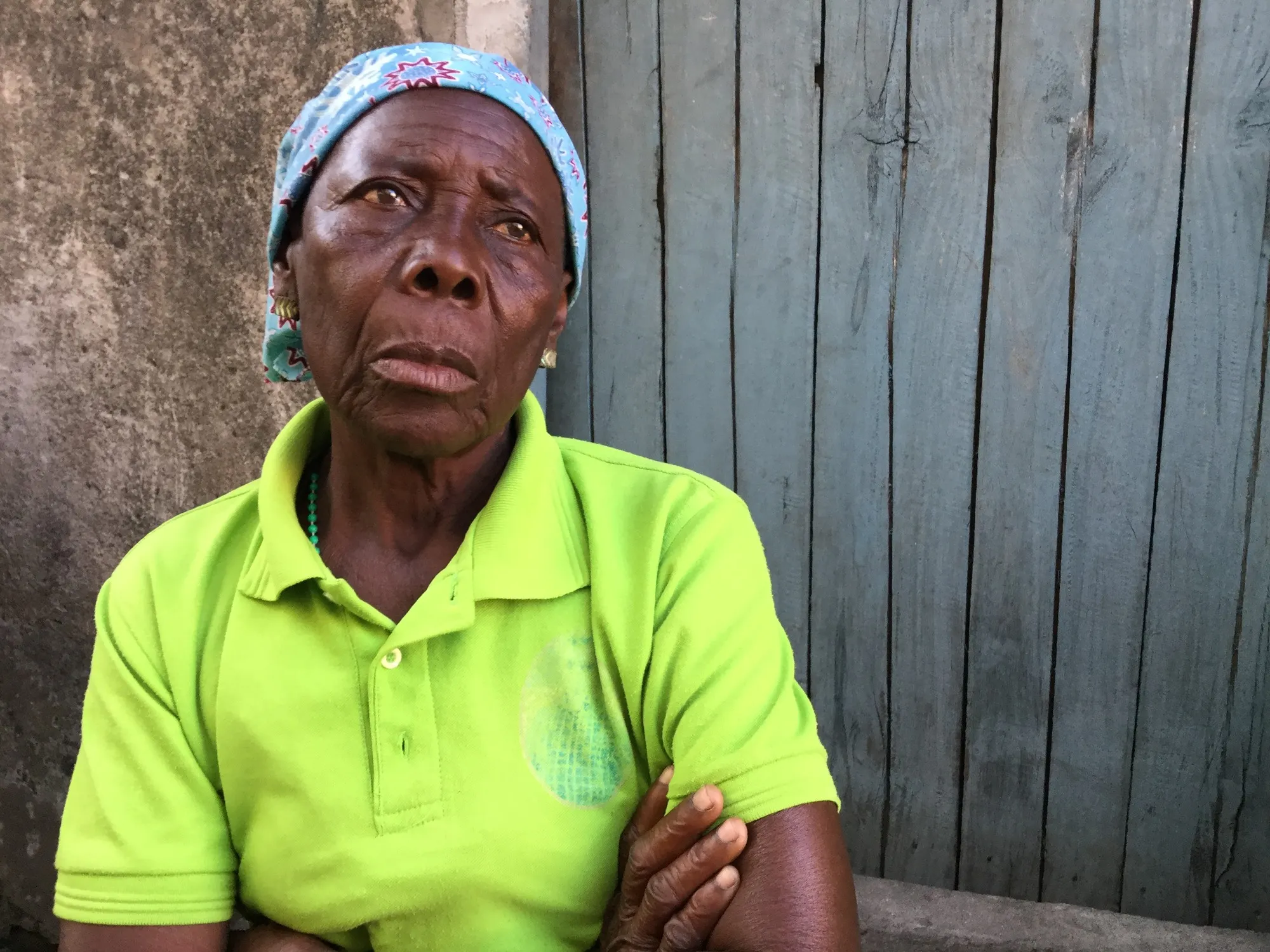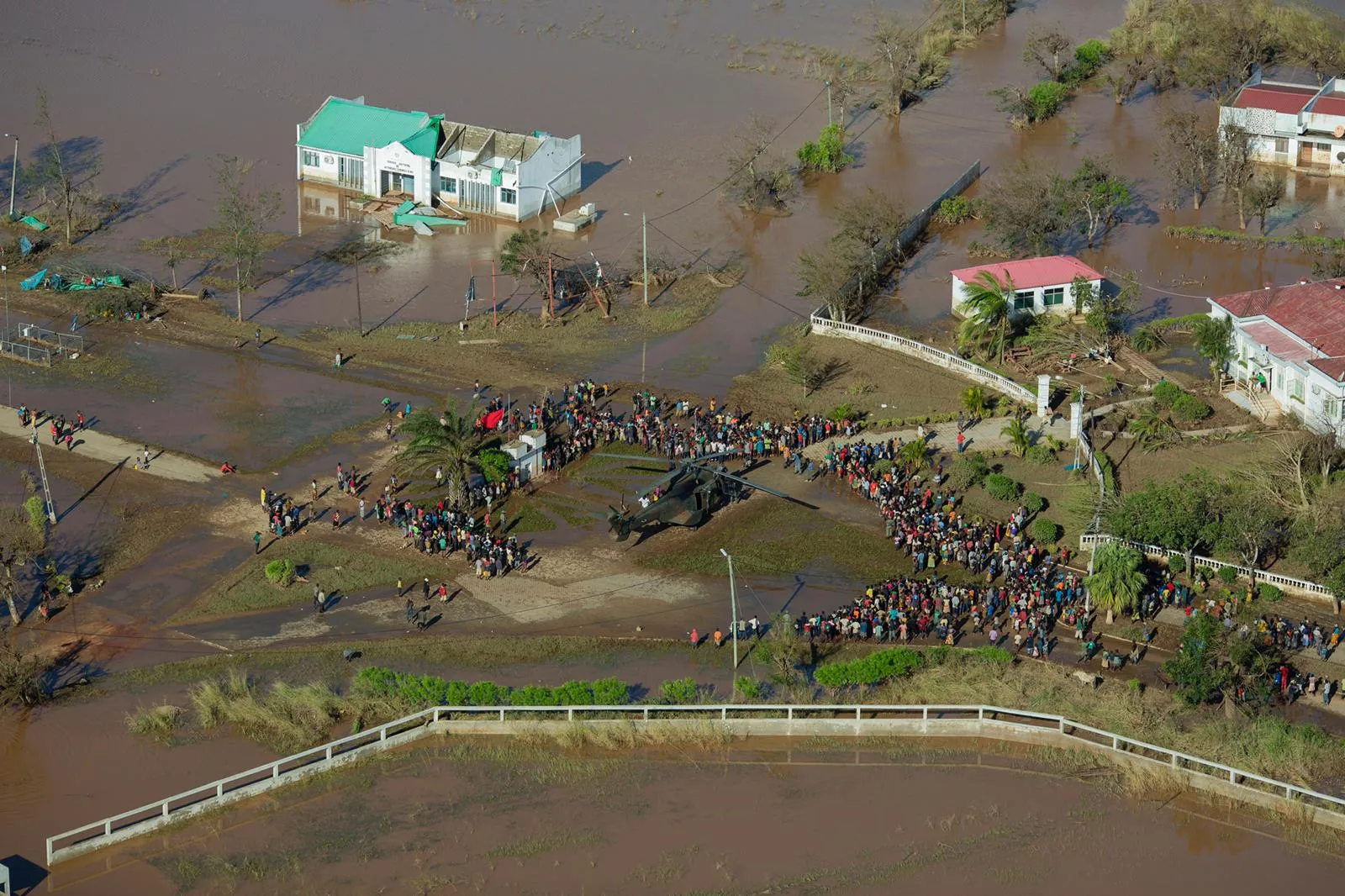Rosa Fobra, 65, lives with four of her seven children in Munhava Matope, one of the poorest and most densely populated neighborhoods surrounding the central Mozambican city of Beira. Rosa relies on farming to feed her family and put her children through school. The nearby plots where she grows rice and corn have allowed Rosa to be self-sufficient since her husband died suddenly in 1997.
“I managed to afford an education for all seven of my children. I only relied on myself,” she says.
In March, Cyclone Idai struck Mozambique and other parts of southern Africa. It was among the worst storms on record ever to hit the region, killing hundreds, displacing millions, and destroying local farms and infrastructure.


